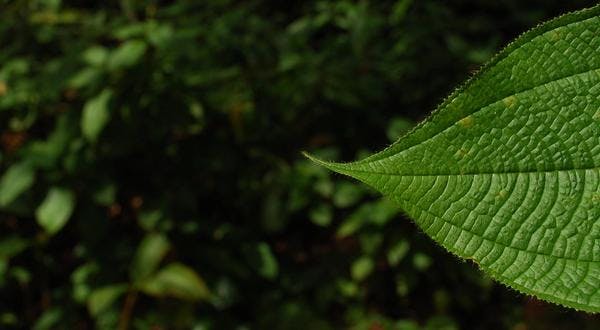Aleksey Kuprikov - Pexels
Colombia’s forests, silent victims of the war on drugs
On a sweltering Tuesday morning, a Vietnam War-era helicopter filled with judicial police officers and military explosives experts lifts into the sky above the Amazonian backwater town of San José del Guaviare, Colombia.
As it flies south, the mosaic of cattle pastures crisscrossed by red clay roads dissolves into patches of jungle disfigured by fresh deforestation. This is the Amazon frontier: a vague and constantly progressing delimitation between humankind and the wild. From the sky, the jungle seems infinite and paradisiacal. But the tensions that exist below are soon revealed in the form of iridescent green scars: patches of Erythroxylum coca, an innocuous-looking shrub whose leaves are the raw material for cocaine.
In the distance, a spindly smoke signal marks the point where the helicopter’s passengers wound disembark for a routine mission: the destruction of a cocaine laboratory hidden in the surrounding forest. It’s here, in one of the most biodiverse ecosystems on Earth, where the front lines of the war on drugs can be found.
Despite decades of economic and military support from the United States--ironically both the world’s largest consumer of cocaine and the largest bankroller of the war on drugs--Colombia continues to lead global cocaine production, accounting for nearly 70% of the world’s supply. Years of prohibitionist policies have not achieved the promised reductions in coca and cocaine in Colombia. In fact, in the last few years, the country has produced more cocaine than at any other moment in history. Despite the clear failings of existing policies, the US government continues to insist on advancing this war, even in the face of opposition from Colombian President Gustavo Petro.
Regions
Related Profiles
- Pedro Arenas
- Corporación Viso Mutop
- International Drug Policy Consortium (IDPC)
